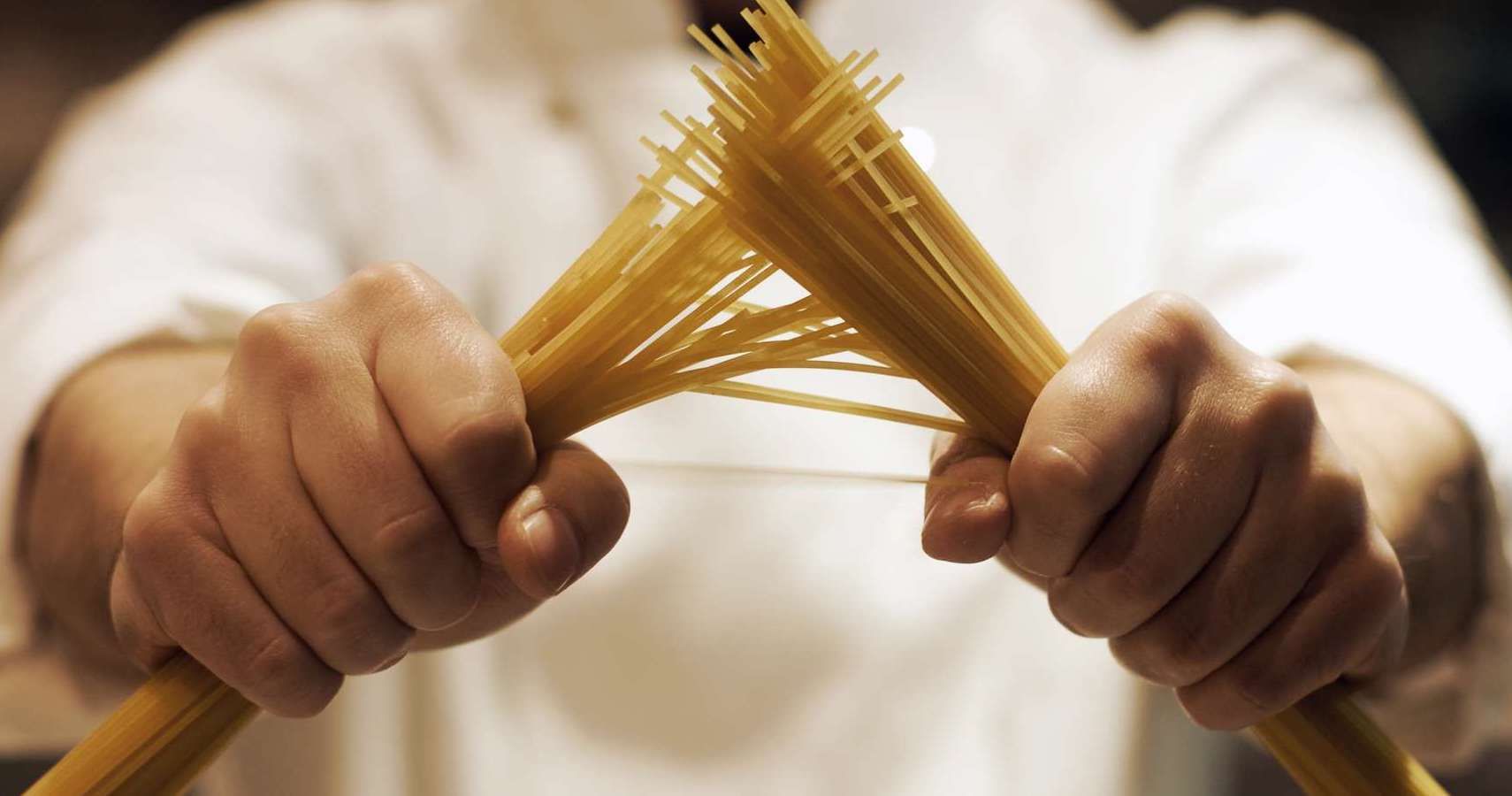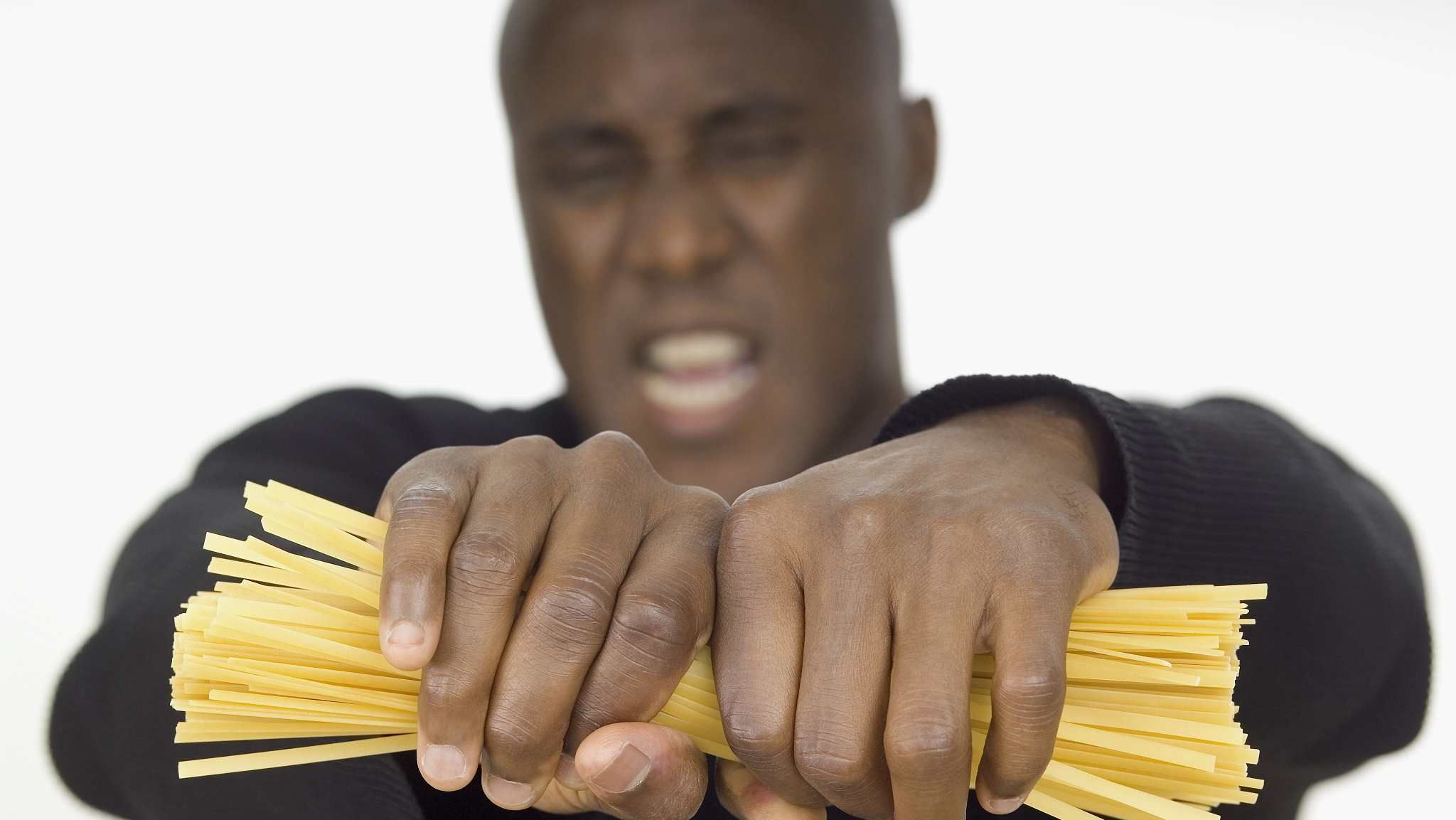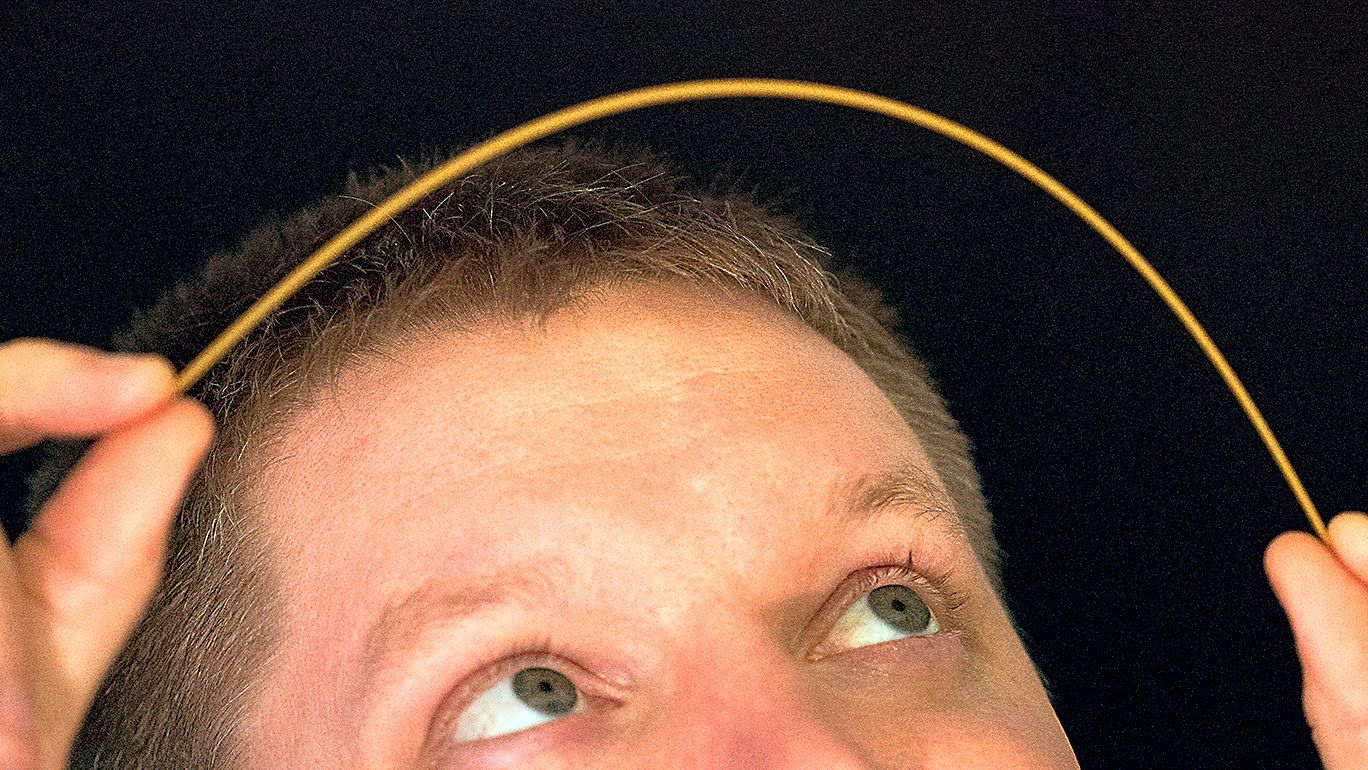Mamma Mia, here we go again! For years, the world has been perplexed by the simple idea: Why does a single stick/strand of spaghetti not break evenly in two when held at both ends? Well, it looks like a group of researchers from MIT has finally solved the perplexing riddle. This new finding might pave way for a better understanding of how fractures work and how to control them.
If you have not heard about this phenomenon before, you are not alone. For newbies, let us go back to the beginning.
RELATED: 20 Creative & Unconventional Ways to Eat Pasta
In the middle of the 20th century, famed physicist Richard Feynman brought attention to this breaking world news. If you have ever made spaghetti before, you might have noticed that the noodles never seem to break perfectly in two to properly fit into a pot. This fixated Feynman as well. However, he never exactly figured it out. It was not until 2005 that scientists in France were able to explain why this phenomenon happens.
Basile Audoly and Sebastien Neukrich found that when a stick of spaghetti, or any noodle that is a thin, long, cylinder rod, is bent evenly from both ends it will break near the center. This occurs where the rod is most curved. This beginning rupture creates a “snap-back” effect. The effect causes a vibrational wave, which, in turn, creates more fractures. Thus naming it the “snap-back” effect.
This explained why spaghetti is never able to shatter in two pieces but instead into several smaller pieces. Nonetheless, scientists still wanted to attempt to figure out how to snap a dry noodle into two even pieces.
The impossible was made possible. The MIT scientists created a machine, specifically designed for this challenge. Each end of the machine had a clamp that held a strand of spaghetti in place. With a controlled twist on one hand and the push of the other clamp, the noodles cracked in half. The twisting clamp is able to rotate and twist the noodle in different degrees. The push clamp slips towards the twisted side of the noodle creating a bend in the center.
While the floor of the scientist's lab was littered with pieces of Barilla No.5 and No. 7 noodles, the two made history, publishing their findings in PNAS.
Not only does this finding intrigue foodies and chefs but also mathematicians. It is believed that this data could further explain and aid scientists in understanding how to control fractures. Fractures not only found in noodles but in materials such as fibers, engineered nanotubes or even microtubules in cells. The possibilities are limitless!
READ NEXT: 15 Life-Changing Ways To Step Up Your Mac 'N' Cheese Game



